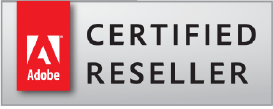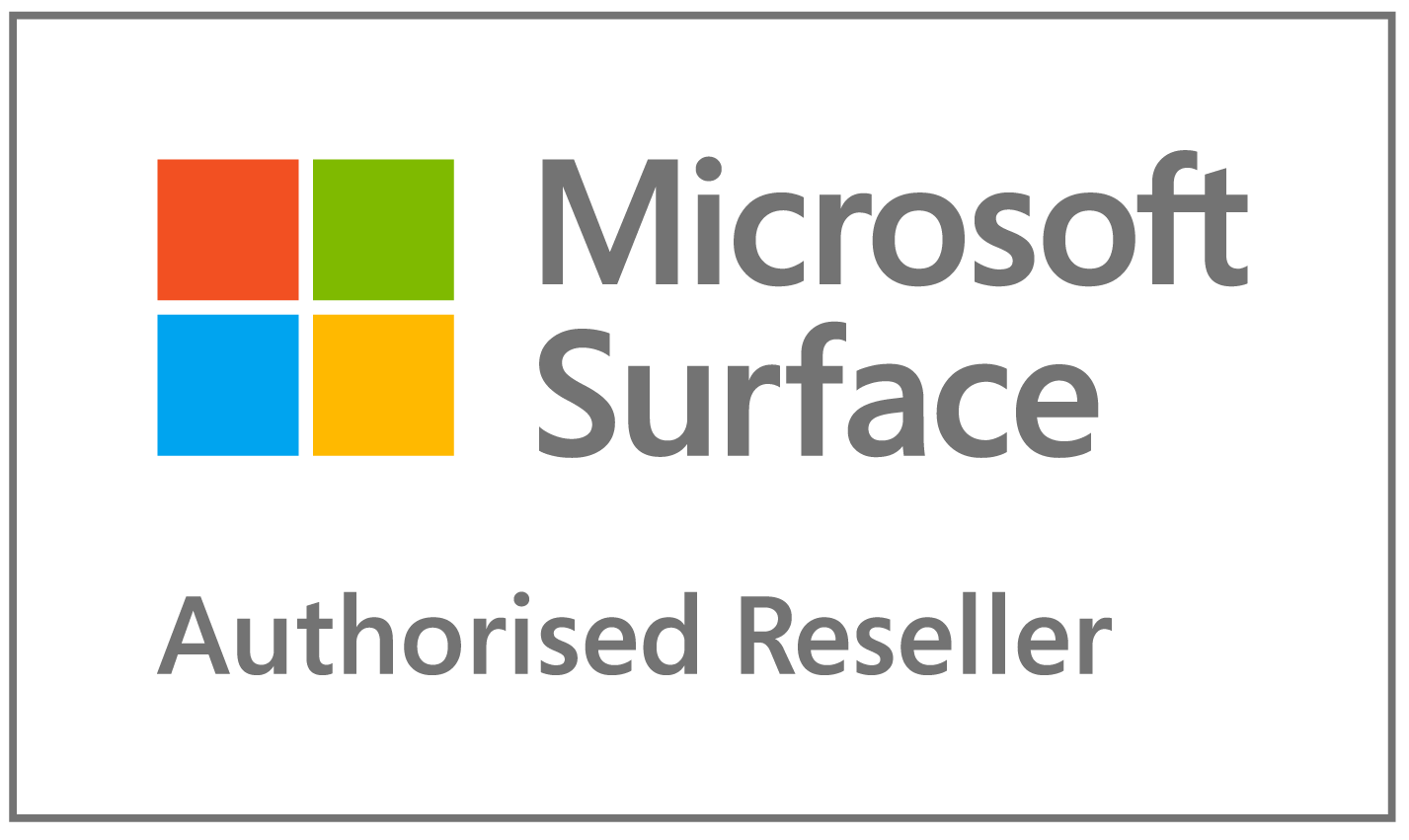With the release of the iPhone 15 with its USB-C charging port, Apple have started the final phase of their switch to USB-C. So we thought it was a good time to discuss completing the change to USB-C for all of your devices.
In the ever-evolving landscape of technology, Apple has been at the forefront of innovation for decades. However, one area where they have been rather slow to fully adapt is the universal adoption of USB-C across their product lineup.
Moving completely to USB-C will simplify your life massively, you won’t need as many cables and adapters, and any device or cable you grab will work with everything.
If you have bought a Mac or iPad in recent years you will already have started the change to USB-C. But you have probably had to deal with adapters to connect USB-A devices you already had, like USB sticks, external drives and printers.
By re-equipping with a few cheap cables, you can unify your IT kit so that is everything is natively USB-C.
Even now, many external hard drives still come with USB-A cables. But some do now come with a USB-C adapter cable in the box. So if you are buying an external drive now, shop carefully and you should be able to find an drive that will natively connect to your USB-C devices. Otherwise, you can often replace the cable that came with your hard drive with an equivalent USB-C cable.
USB sticks that are both USB-A and USB-C are commonly available now, sometimes called “dual flash drives” they are a good way to connect to your USB-C devices, but also maintain compatibility with legacy devices that may still only have USB-A, like televisions or older PCs.
Likewise, any printer cables that are USB-A can probably be replaced with an equivalent USB-C cable.
The USB-C Standard: Universally Versatile
USB-C, also known as USB Type-C, is a versatile and universally accepted standard for data transfer and charging. Its slim, reversible design has made it a favorite among tech enthusiasts and manufacturers alike. USB-C is an open standard, which means it’s not limited to one company or ecosystem. This universality brings many advantages.
One of the most significant benefits is compatibility. USB-C is found on a vast array of devices, from laptops and smartphones to tablets and accessories. This universality eliminates the need for multiple cables and adapters, simplifying your tech ecosystem and reducing electronic waste.
When it comes to data transfer, USB-C is a clear winner. USB-C ports support blazing-fast data transfer speeds, making file transfers between your devices lightning-fast. Whether you’re transferring photos, videos, or documents, USB-C can handle it all with ease.
While Apple has made strides in adopting USB-C, it’s time for users to take the initiative and fully commit to this versatile and universally accepted standard. Say goodbye to the tangle of cables and adapters and hello to a more streamlined and efficient tech ecosystem. Make the change today, and you’ll wonder why you didn’t do it sooner.










